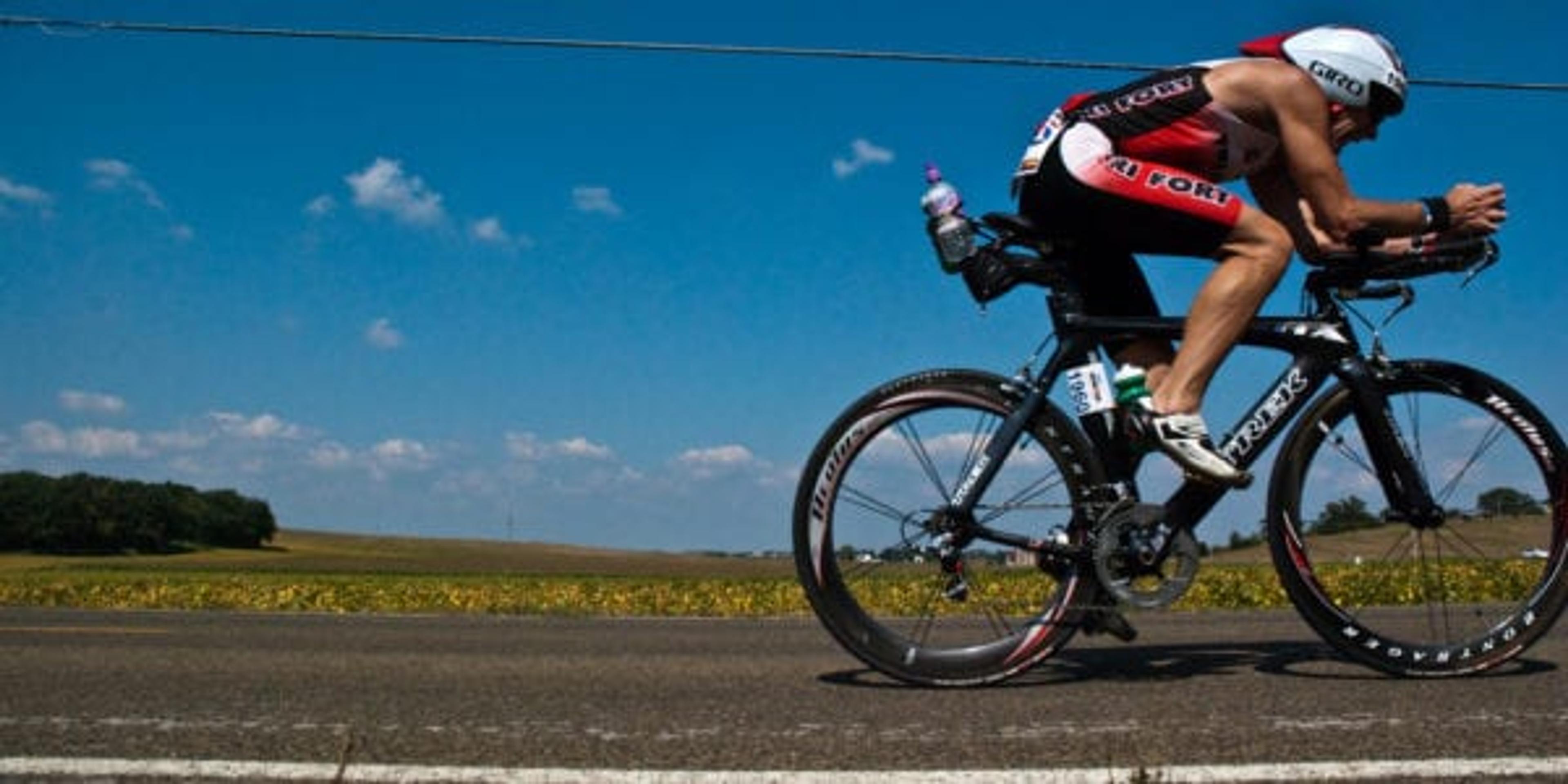Tips from an Ironman Racer

Heather Cook
| 4 min read

Ed Weber, a father, high school math teacher and varsity swim coach from Canton, Mich., works to live his best lifestyle on a busy schedule.
Once a collegiate swimmer, he has continued his passion for fitness by competing in marathons and triathlons, progressing into racing multiple Ironman triathlons. He has now completed two half (70.3 miles) and two full (140.6 miles) races. Here are his tips for future racers.
It takes time
Carmichael Training Systems (CTS), an endurance coaching group that offers guidance for people who wish to train for intense activities such as the Ironman, states that the first step when focusing on this magnitude of a race is that you need to choose a goal based on your real-world training schedule.
“There are days I just can’t work out, that’s why I don’t accept many simple excuses for not working out,” Weber said on the idea of self-discipline.
Ironman races are not insurmountable feats only for the strongest competitors out there- they are attainable by great perseverance and patience when training. CTS says that the race is a “12-month process, not a 12-week training plan.” Coaches advise beginners to plan up to two years in advance for their first Ironman, placing an emphasis on taking the time to condition your body before competing.
Training is a lifestyle
When preparing for an Ironman, training takes more dedication than just a two-hour workout. Since the races are much longer than typical triathlons, stamina needs to be developed over time to achieve the ability to finish each leg.
“Training for four to six hours can require lots of internal motivation,” Weber said. “It requires some major weekend workouts. This does interfere with family time, but I try to start early trying to complete it by noon or 1 p.m.”
His training begins after his coaching season ends in the fall, utilizing the coming months to be prepared for a September race. Weber said he uses a Kinetic Road Machine fluid trainer to train on his bike during the winter, while still running outside. In the spring and through the summer, he swim trains in pools and practices distance swimming while at his family’s lake house.
An Ironman state of mind
I asked Weber about what his course of action was before, during and after the Ironman races:
- Before: Much like any other competition, game or race, proper mentality is just as vital as physical capabilities. Weber says he focuses on one part at a time. “I am a swimmer, so I am ready for a swim. I can handle a 60-minute swim.” Positive self-talk prior to the race influences you to mentally accept the upcoming tasks, making you more relaxed and ready to begin.
- During the race: “Try to focus on the present,” Weber said. He advises people to concentrate and reflect on what’s occurring. Stating phrases like “just keep swimming”, “peddle on” and “one step in front of the other” keeps your mind centered and your end goal as a priority.
- After: Immediately after crossing the finish line, racers may experience a few different sensations. After finishing, the intense assistance your heart was receiving to circulate blood stops because you stopped working the muscles that are helping. This causes a drop in blood pressure greater than what you would experience after a normal run, or even a triathlon-specific training session. It is also suggested that participants take a few weeks off from vigorous training after the race to help their body recover.
“I believe I choose to participate in competitions so I have a reason to train. I enjoy training more than I enjoy the race,” Weber said.
You don’t need to be a full-time athlete to need a reason to prepare for this type of race. All you need to do is set a goal, and work hard to achieve it.
If you liked this, you might also like:
Photo credit: Matt Cook





